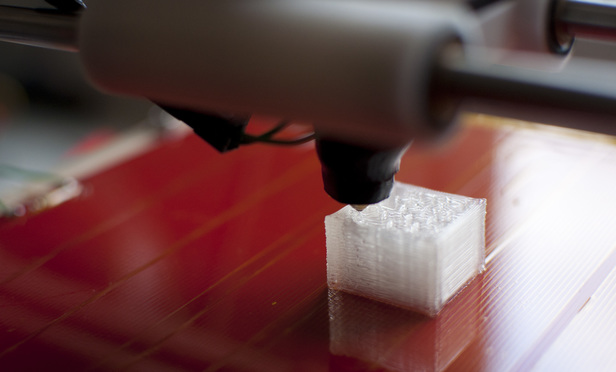Like it or not, the manufacturing industry looks like it will be first in line to feel the potential transformative impact of 3-D printing or additive manufacturing. A number of factors are combining to push manufacturing out of the chute first. Many manufacturers have already embraced 3-D printing, making the technology an essential part of at least some of their manufacturing processes. When combined with advancements in other areas like open-source software and robotics, 3-D printing seems destined to redefine the manufacturing supply chain and manufacturers’ approach to mass production, customization, consumer demand, and global logistics.
At the same time, changes in intellectual property law unrelated to 3-D printing will impact the disruption in manufacturing. Patent litigation in general has become more unpredictable and expensive. And some say the Supreme Court recently made patenting software — the ghost in the 3-D printing machine — significantly more difficult. These changes make it harder to choose what rights to protect and what kind of protection to claim for proprietary innovation.
This content has been archived. It is available through our partners, LexisNexis® and Bloomberg Law.
To view this content, please continue to their sites.
Not a Lexis Subscriber?
Subscribe Now
Not a Bloomberg Law Subscriber?
Subscribe Now
LexisNexis® and Bloomberg Law are third party online distributors of the broad collection of current and archived versions of ALM's legal news publications. LexisNexis® and Bloomberg Law customers are able to access and use ALM's content, including content from the National Law Journal, The American Lawyer, Legaltech News, The New York Law Journal, and Corporate Counsel, as well as other sources of legal information.
For questions call 1-877-256-2472 or contact us at [email protected]






